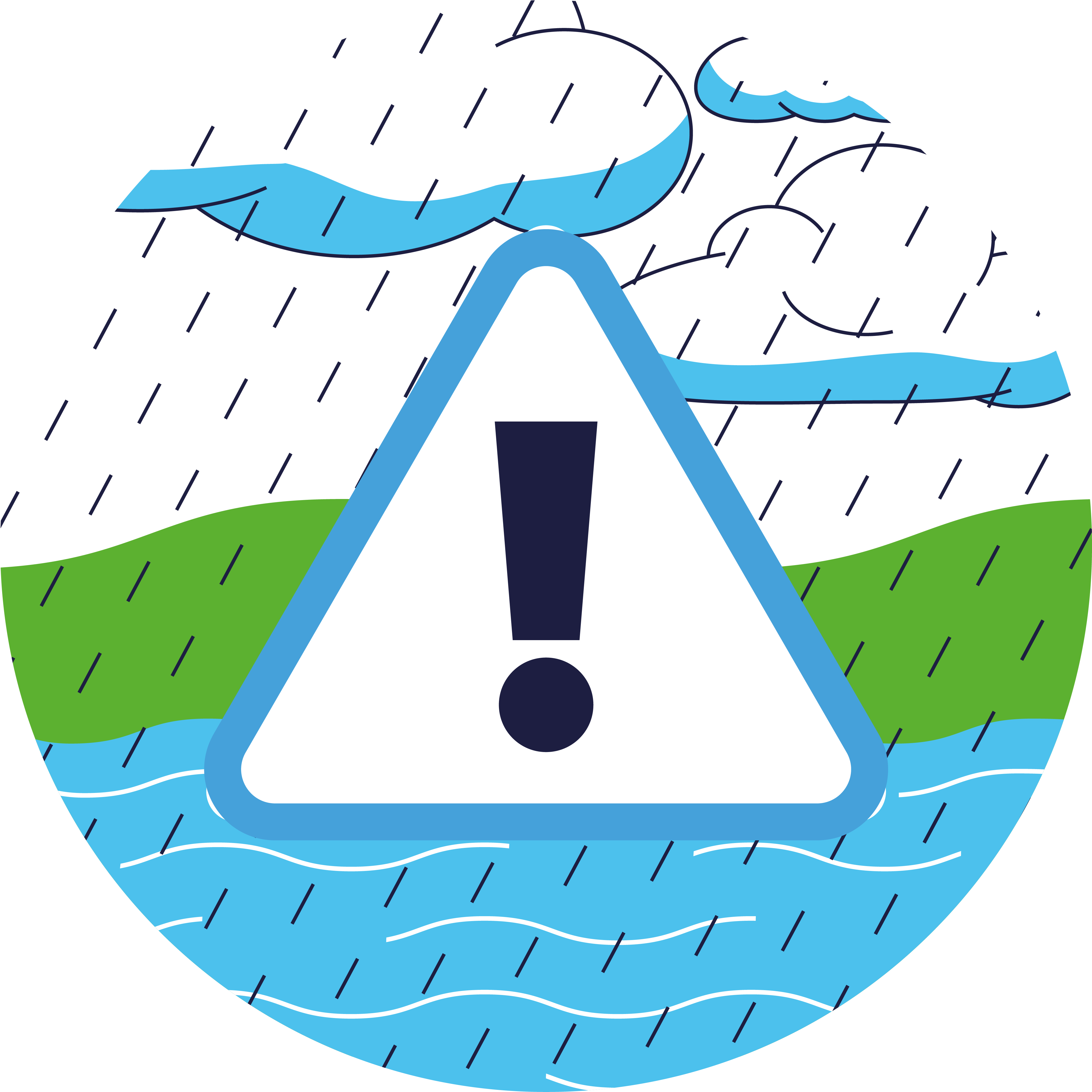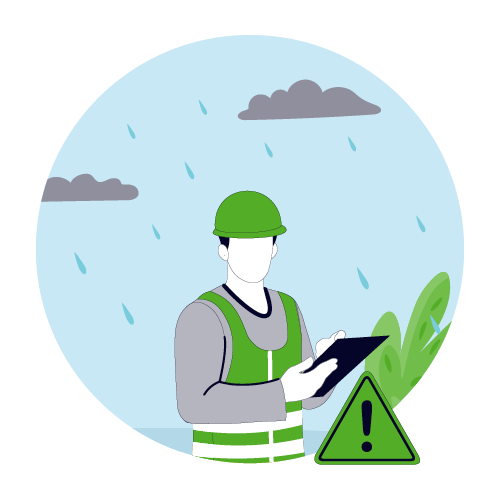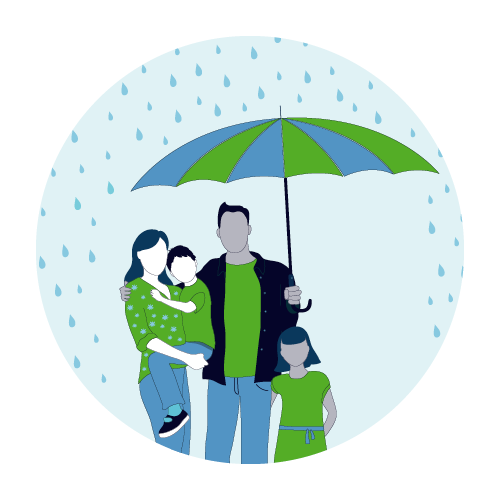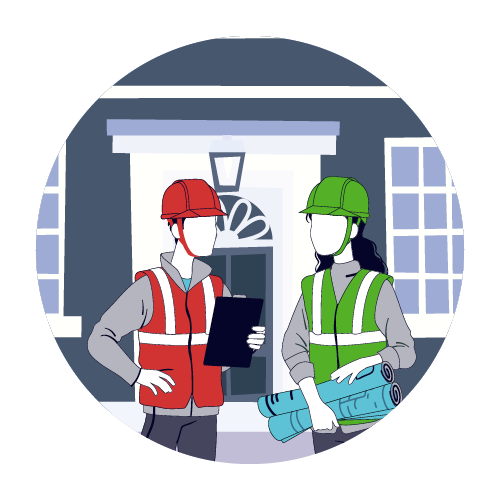Step Six: Look After Your Health
If you experience any health issues, especially flu-like symptoms, contact your doctor right away.
Flooding can be physically and emotionally exhausting. Take care of your mental health as well as your physical wellbeing. Don’t put pressure on yourself to clean up quickly - set realistic goals and take breaks when needed.
Step Seven: Ventilate Safely
Open windows and doors to ventilate your home, but keep security in mind. Flooding can lead to mould growth, which poses health risks, especially for people with asthma, allergies, or weakened immune systems.
Never use petrol or diesel-powered generators, dehumidifiers, or pressure washers indoors without proper ventilation. These machines produce fumes that can be deadly.
Step Eight: Watch Out for Rogue Traders
Be cautious of traders offering services after a flood. Always ask for a written quote on letter-headed paper that includes a landline number and physical address.
Before agreeing to any work, check that the trader is registered with the government’s buy with confidence scheme.








